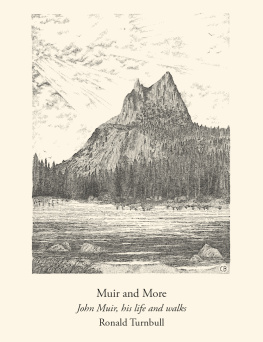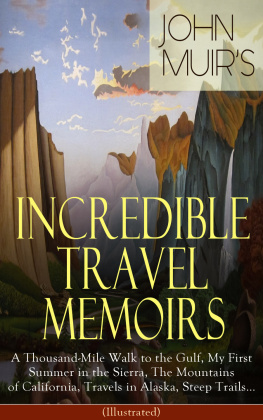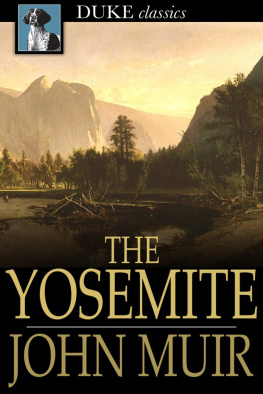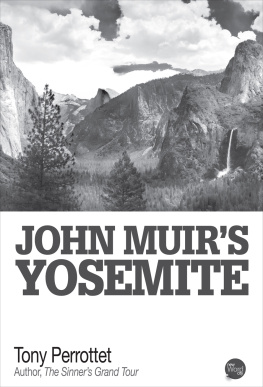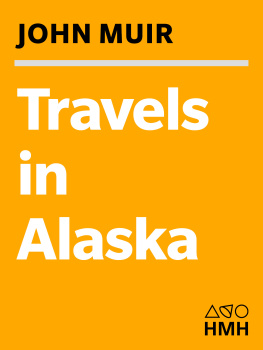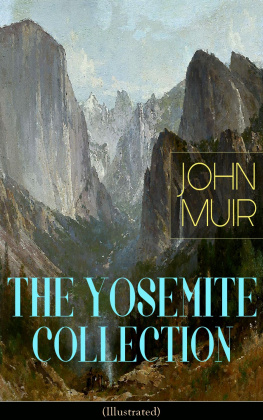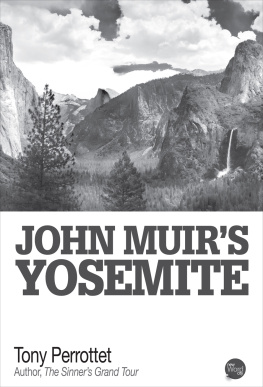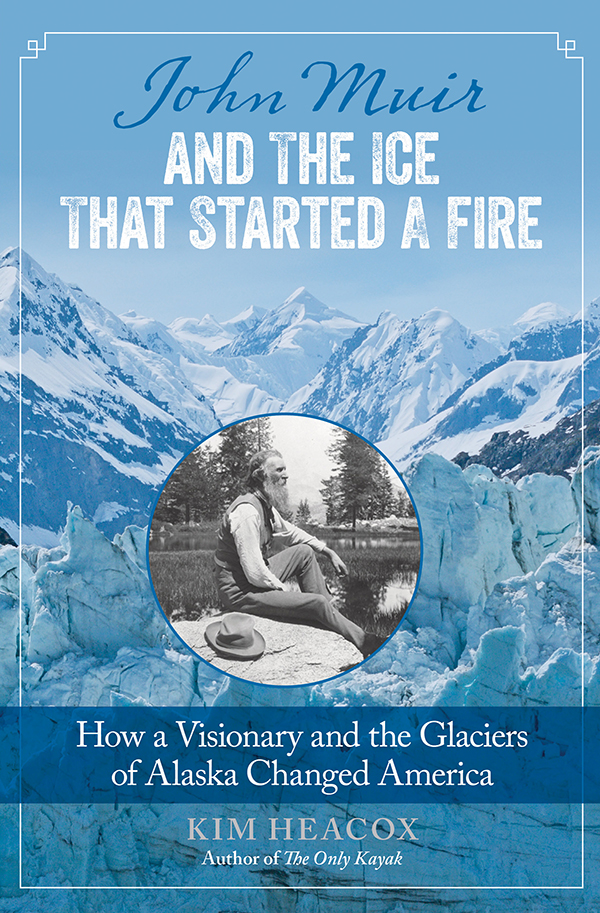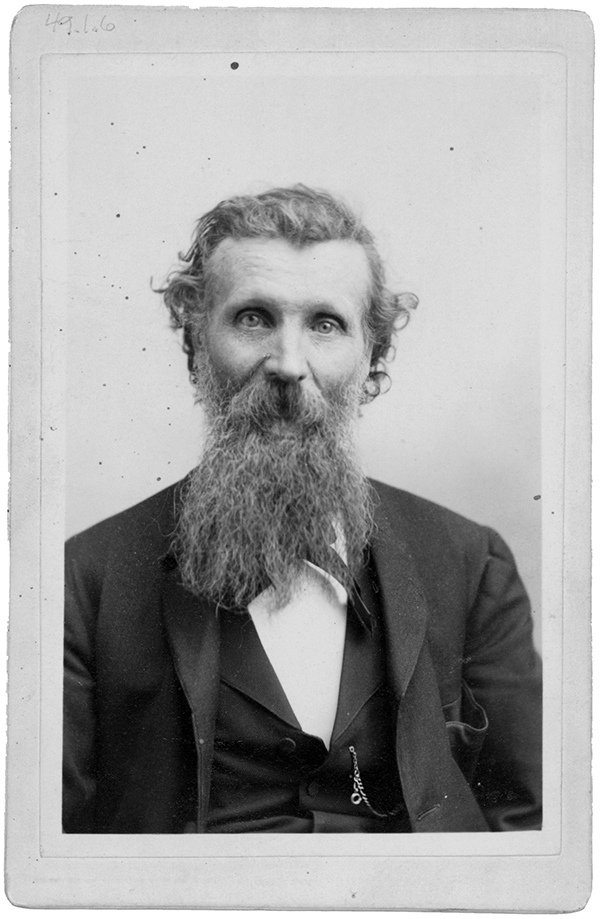Kim Heacox - John Muir and the Ice That Started a Fire: How A Visionary And The Glaciers Of Alaska Changed America
Here you can read online Kim Heacox - John Muir and the Ice That Started a Fire: How A Visionary And The Glaciers Of Alaska Changed America full text of the book (entire story) in english for free. Download pdf and epub, get meaning, cover and reviews about this ebook. year: 2014, publisher: Lyons Press, genre: Detective and thriller. Description of the work, (preface) as well as reviews are available. Best literature library LitArk.com created for fans of good reading and offers a wide selection of genres:
Romance novel
Science fiction
Adventure
Detective
Science
History
Home and family
Prose
Art
Politics
Computer
Non-fiction
Religion
Business
Children
Humor
Choose a favorite category and find really read worthwhile books. Enjoy immersion in the world of imagination, feel the emotions of the characters or learn something new for yourself, make an fascinating discovery.

- Book:John Muir and the Ice That Started a Fire: How A Visionary And The Glaciers Of Alaska Changed America
- Author:
- Publisher:Lyons Press
- Genre:
- Year:2014
- Rating:3 / 5
- Favourites:Add to favourites
- Your mark:
John Muir and the Ice That Started a Fire: How A Visionary And The Glaciers Of Alaska Changed America: summary, description and annotation
We offer to read an annotation, description, summary or preface (depends on what the author of the book "John Muir and the Ice That Started a Fire: How A Visionary And The Glaciers Of Alaska Changed America" wrote himself). If you haven't found the necessary information about the book — write in the comments, we will try to find it.
John Muir was a fascinating man who was many things: inventor, scientist, revolutionary, druid (a modern day Celtic priest), husband, son, father and friend, and a shining son of the Scottish Enlightenment -- both in temperament and intellect. Kim Heacox, author of The Only Kayak, bring us a story that evolves as Muirs life did, from one of outdoor adventure into one of ecological guardianship---Muir went from impassioned author to leading activist. The book is not just an engaging and dramatic profile of Muir, but an expose on glaciers, and their importance in the world today. Muir shows us how one person changed America, helped it embrace its wilderness, and in turn, gave us a better world.
December 2014 will mark the 100th anniversary of Muirs death. Muir died of a broken heart, some say, when Congress voted to approve the building of Hetch Hetchy Dam in Yosemite National Park. Perhaps in the greatest piece of environmental symbolism in the U.S. in a long time, on the California ballot this November is a measure to dismantle the Hetch Hetchy Dam.
Muirs legacy is that he reordered our priorities and contributed to a new scientific revolution that was picked up a generation later by Aldo Leopold and Rachel Carson, and is championed today by influential writers like E.O. Wilson and Jared Diamond. Heacox will take us into how Muir changed our world, advanced the science of glaciology and popularized geology. How he got people out there. How he gave America a new vision of Alaska, and of itself.
Kim Heacox: author's other books
Who wrote John Muir and the Ice That Started a Fire: How A Visionary And The Glaciers Of Alaska Changed America? Find out the surname, the name of the author of the book and a list of all author's works by series.

